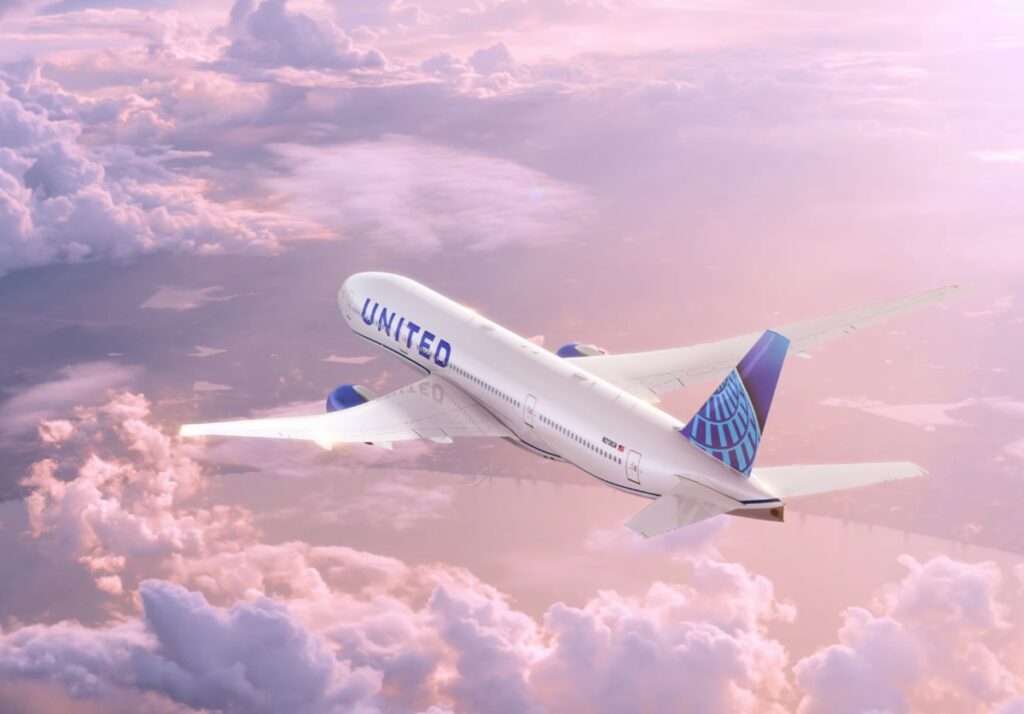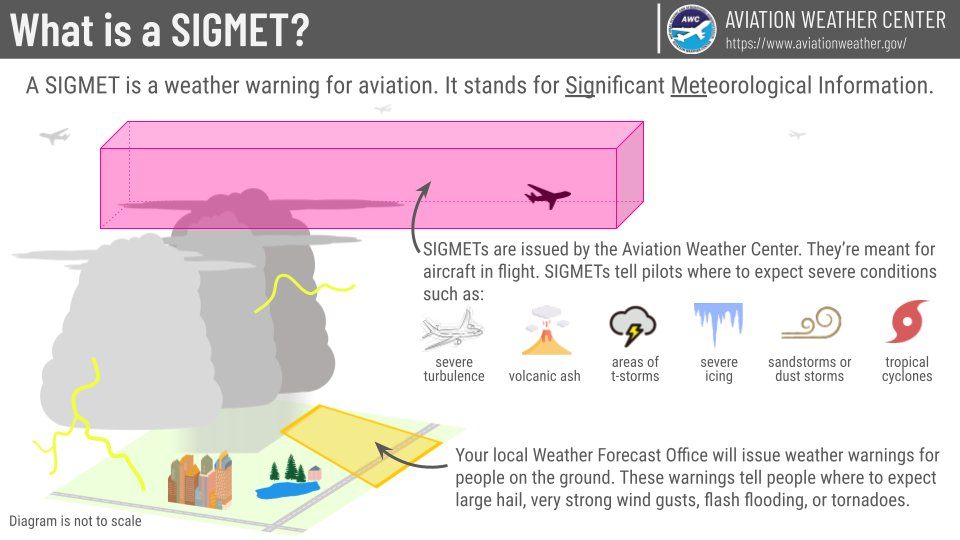
In yet another example of how harmful turbulence can be for commercial airline passengers and crew, a United Boeing 777 aircraft encountered severe turbulence upon its approach into New Jersey’s Newark Liberty Airport last Saturday, ultimately landing several passengers and crew in the hospital.
United Flight 1890 with scheduled service from Los Angeles, California to Newark, New Jersey was enroute when it encountered the rough air. The aircraft continued to Newark for a safe landing. The FAA reported, “Aircraft experienced severe turbulence injuring flight attendants and passengers” adding that 3 flight attendants and 13 passengers were injured.
A United Airlines spokesperson told the media that “after landing normally, the flight was met by medical personnel, and 3 flight attendants and 2 passengers were transported to University Hospital”. No updates to their status were made but the FAA did report that the injuries were not serious.

The Boeing 777-200 ER aircraft, bearing aircraft registration number N788UA, first entered service in August 1997. The large twin aisle passenger aircraft can fit as many as 50 people in business class and 226 in economy class with as many as 13 cockpit and cabin crew members on-board. United didn’t disclose how many passengers were on this impacted flight.
There’s been a rash of severe turbulence events in recent months that have sent many passengers to the hospital.
Last February, a Newark-Tampa flight operated by United Airlines also encountered severe turbulence. When flight 600 finally landed in Tampa, it was met by paramedics that treated passengers and crew at the scene. Ultimately, 1 flight attendant and 2 passengers needed hospitalization after being examined at the airport for injuries sustained during the rough flight.
Last winter, a United Airlines 767 jet encountered severe turbulence on its flight to Houston, Texas. Due to that encounter with rough air, 3 crew members and 2 passengers had to be rushed to the hospital for care upon landing.
The day before the Houston incident Hawaiian Airlines Flight 35 flew through severe turbulence before landing at Honolulu International Airport after originating in Phoenix, Arizona. A Mass Casualty Emergency Event was declared, with dozens of passengers needing care for injuries sustained in the violent ride. Officials with Honolulu Emergency Medical Services and American Medical Response say the flight encountered the extreme turbulence about 30 minutes prior to landing; they treated 36 patients at the airport. 20 patients, ranging from a 14-month old toddler to older adults, were transported to hospitals near the airport, some with serious injuries.
For U.S. Airspace, the National Weather Service’s Aviation Weather Center (AWC) monitors aviation weather and will issue alerts when severe weather or harsh flying conditions are present. Known as a SIGMET, short for Significant Meteorological Information, the severe weather advisory issued by the AWC contains weather-related information concerning the safety of all aircraft passing through a specific zone. Sometimes AIRMETs are issued too; an AIRMET consists of turbulence, visibility, and icing-related warnings that are less severe than those in a SIGMET.